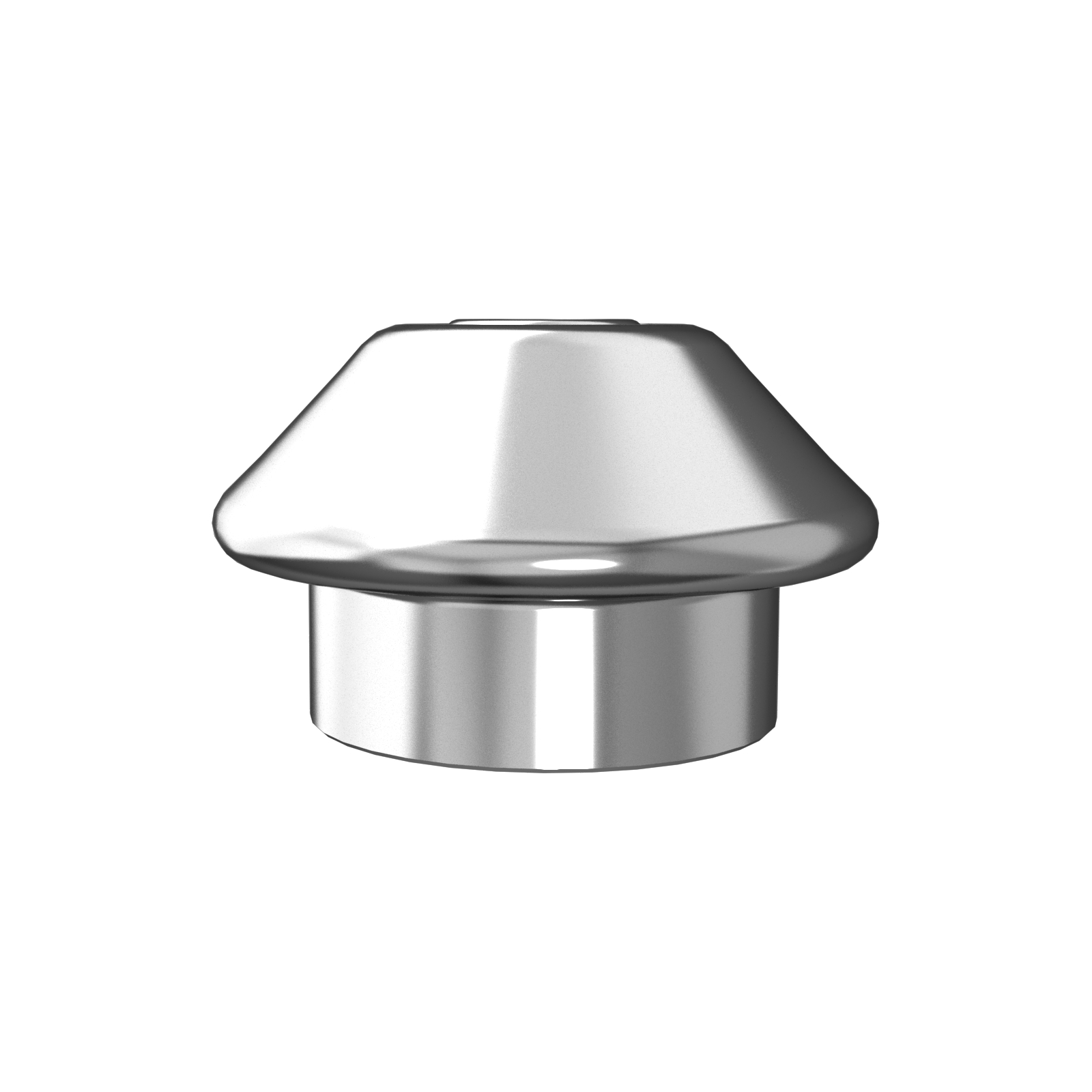
Хирургический набор Ⅱ типа Bone Tack Tapping включает в себя:
Держатель для гвоздей (тип крючка)
Держатель для гвоздей (прямой)
Держатель для гвоздей (изогнутый)
Вытяжка
Отвертка для станка (длинная)
Предельное сверло
Отвертка для станка (короткая)
Хирургический набор Ⅱ Type Bone Tack Tapping специально разработан для операций по наращиванию костной ткани, основным показанием к применению которого является эффективное поддержание остеогенного пространства во время операции для обеспечения беспрепятственного процесса регенерации кости. Этот набор инструментов работает в сочетании с мембраной и фиксирует ее, обеспечивая необходимую поддержку и защиту во время процедуры. Благодаря ударному воздействию на косточки он обеспечивает стабильность и эффективность.
Гвоздедержатель набора (крючкового типа) отличается уникальной устойчивостью при удержании гвоздей. Он исключает необходимость перкуссии для фиксации гвоздей - простое легкое нажатие на конус мгновенно завершает фиксацию, значительно упрощая процедуру и повышая эффективность работы. Этот держатель гвоздей (крючкового типа) особенно подходит для операций по вертикальному или горизонтальному наращиванию кости, создавая достаточно места для костного трансплантата и способствуя отличной интеграции кости.
Примечательно, что мембранные скобы имеют самонарезающий наконечник, что делает процесс имплантации гораздо более удобным и снижает сложность хирургического вмешательства. Перед имплантацией рекомендуется использовать дрель с ограничителем для предварительного точного сверления отверстий, чтобы обеспечить точное и надежное размещение мембранных наконечников, обеспечивая надежную поддержку для успешного проведения операции. Хирургический набор Ⅱ Type Bone Tack Tapping Surgical Kit и держатель гвоздей (крючкового типа) являются незаменимыми профессиональными инструментами для операций по наращиванию кости, предлагая хирургам эффективное и надежное решение.
| Часть №. | Название продукта | Использование |
| 7216400100 | Держатель винта | Используется для захвата мембранных гвоздей при лингвальной имплантации |
| 7216400200 | Держатель винта | Используется для захвата мембранных гвоздей для имплантации |
| 7216400300 | Держатель винта | Используется для захвата мембранных гвоздей для имплантации |
| 7216400400 | Screwextractor | Врежьте нижнюю часть шляпки мембранного гвоздя, чтобы удалить мембранный гвоздь |
| 7212500100 | Отвертка | Прикрепляется к стоматологическому наконечнику для захвата винтов, ввинчивания и вывинчивания |
| 7213100180 | Отвертка | Крепится к стоматологическому наконечнику для захвата винтов, ввинчивания и вывинчивания |
| 7213100140 | Сверло | Прикрепляется к стоматологическому наконечнику для предварительного сверления отверстий перед установкой винтов для палаток |


DentalMaster это компания, специализирующаяся на имплантационной стоматологии. Такие бренды, как Nobel Biocare, Short Bicon, Straumann, Zimmer, Megagen, Dentium и Hiossen, являются зарегистрированными торговыми марками соответствующих компаний. DentalMaster не имеет коммерческих связей с этими компаниями. Упоминание этих брендов служит исключительно для точной идентификации совместимых имплантатов, инструментов, абатментов и компонентов, предлагаемых компанией DentalMaster.
Быстрые ссылки
Продукция
Свяжитесь с нами
Copyright © 2024 DentalMaster Поставщики стоматологических инструментов CE/ISO13485. Все права защищены.